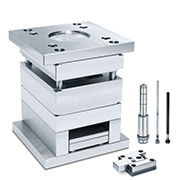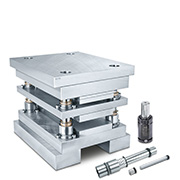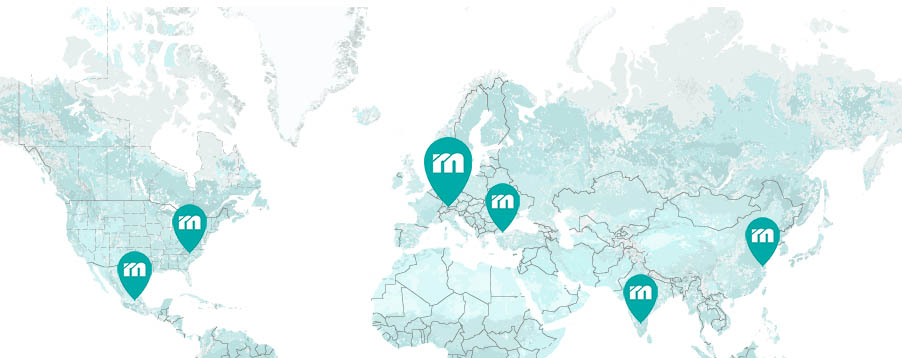In order to ensure the best possible safety, the law requires regular inspection of work equipment. Lifting equipment and load handling devices such as lifting points and lifting magnets are considered work equipment subject to inspection and therefore must be checked regularly.
How often must ready-to-use work equipment for lifting loads be inspected?
- Yearly inspection
by competent and appropriately trained employees - Inspection every four years
by engineer consultants or an appropriately accredited inspector.

Examples of relevant defects
Document inspection results
After successful inspection, the results must be recorded in an inspection report. During the documentation it can be difficult to assign the results to the respective parts.
Serial numbers, forge codes or RFID transponders aid the identification process.
Identification via RFID transponder
All RUD lifting points labelled with RFID are equipped with corresponding RFID transponders, which enable simple and exact identification of individual parts.



Using the THA 90 RFID reader, the unique codes of the RFID chip can be read easily without additional software.
The information is read directly as text in all common spreadsheet and word processing programmes, browsers or other text fields.

Identification via forge codes and marking plugs.
If a cheaper alternative to RFID transponders is sought, our M lifting points are a good choice.

Here, the identification is made with the help of forging codes and batch numbers.
This method is comparatively time-consuming and requires painstaking manual documentation.
 M-lifting points
To the products
M-lifting points
To the products

Lifting magnets: Identification via batch numbers
Our THL 100 permanent lifting magnets, for example, are labelled with a numerical code that functions as a serial number.
This number can easily be used as clear identification for the periodic inspection.
 THL 100
To the product
THL 100
To the product









 © 2024 by Meusburger Georg GmbH & Co KG | All rights reserved
© 2024 by Meusburger Georg GmbH & Co KG | All rights reserved





 Česká republika [CS]
Česká republika [CS]
 Danmark [DA]
Danmark [DA]
 Deutschland [DE]
Deutschland [DE]
 España [ES]
España [ES]
 France [FR]
France [FR]
 India [EN]
India [EN]
 Italia [IT]
Italia [IT]
 Magyarország [HU]
Magyarország [HU]
 México [ES]
México [ES]
 Nederland [NL]
Nederland [NL]
 Österreich [DE]
Österreich [DE]
 Polska [PL]
Polska [PL]
 Portugal [PT]
Portugal [PT]
 România [RO]
România [RO]
 Schweiz [DE]
Schweiz [DE]
 Slovenija [SL]
Slovenija [SL]
 Srbija [SR]
Srbija [SR]
 Suomi [FI]
Suomi [FI]
 Sverige [SV]
Sverige [SV]
 Türkiye [TR]
Türkiye [TR]
 United Kingdom [EN]
United Kingdom [EN]
 USA [EN]
USA [EN]
 Ελλάδα [EL]
Ελλάδα [EL]
 България [BG]
България [BG]
 Росси́я [RU]
Росси́я [RU]
 华 [ZH]
华 [ZH]